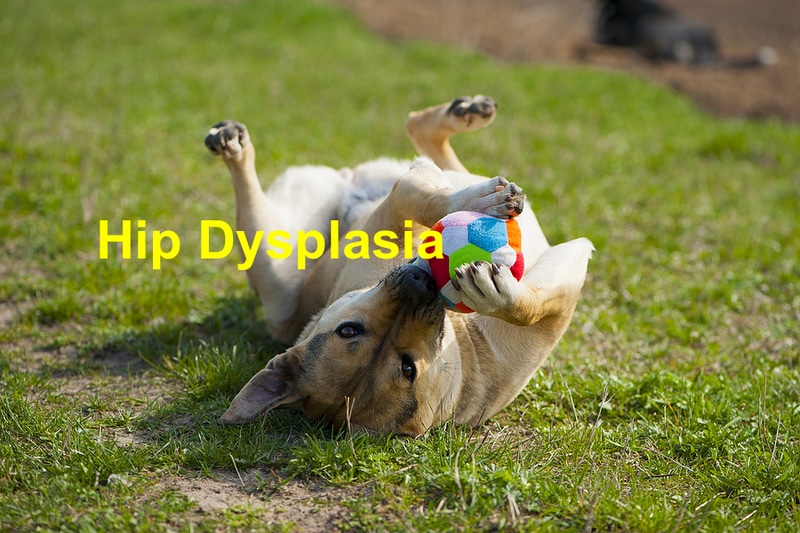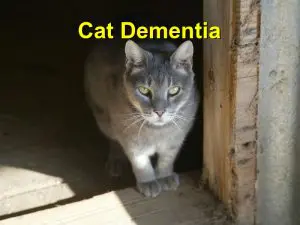Hip dysplasia is a condition that occurs during the growth stage in dogs whereby faulty development of either the head of the femur bone or the acetabulum of the hip or both causes detachment of the femur bone from the pelvic girdle. It results in the loosening of the hip joint, therefore leading to pain and hip dysfunction. As the dog grows, the cartilage and bone of the hip begin to wear down gradually leading to arthritis, muscle atrophy, and limited mobility.
Causes of Hip Dysplasia
This condition is mostly hereditary and common in large dog breeds. A variety of causes like multiple genes, complex gene pathways and environmental factors play a role in the expression of genes and finally the possibility of dysplastic hips occurring. Large dog breeds are more susceptible. Other physical factors like nutrition, weight gain, exercise and a fast growth rate also contribute to hip dysplasia.
Signs and Symptoms of Hip Dysplasia
Various dogs manifest this condition in different ways depending on breed and severity of the condition. The first stage is the juvenile form which is usually observed in dogs between 5 to 12 months of age with symptoms which include lameness in either one or both hind legs, simultaneous lifting of hind legs when walking called “Bunny-hopping” This is often seen when walking, running, or climbing stairs. Dogs may have difficulty when standing up after resting. Intolerance to exercising whereby your dog does not want to run or play. The second stage is the chronic form which is more common in mature dogs and has a variable array of clinical signs including intermittent lameness in the hind legs and weak hind legs, siff pelvic limbs, especially after resting or exercise accompanied with difficulty in standing after sitting or lying down. Dogs may also have crepitus, a clicking or crunching sound felt or heard in the joints.
Treating Dog Hip Dysplasia
Timely diagnosis can help decrease or prevent the long-term arthritis caused by hip dysplasia in dogs. The available options are either surgical or non-surgical methods. Non-surgical methods include proper nutrition whereby dogs are fed with proper diet, medical management where medical management is applied to manage pain and therapy whereby dogs get physical therapy for proper muscle development. Surgical methods involve triple pelvic osteotomy.
Conclusion
Dog Hip Dysplasia is a serious medical condition common in large dog breeds. Pet owners need to observe the various signs and symptoms for early treatment.
References: PetMD, Vet’s Point




